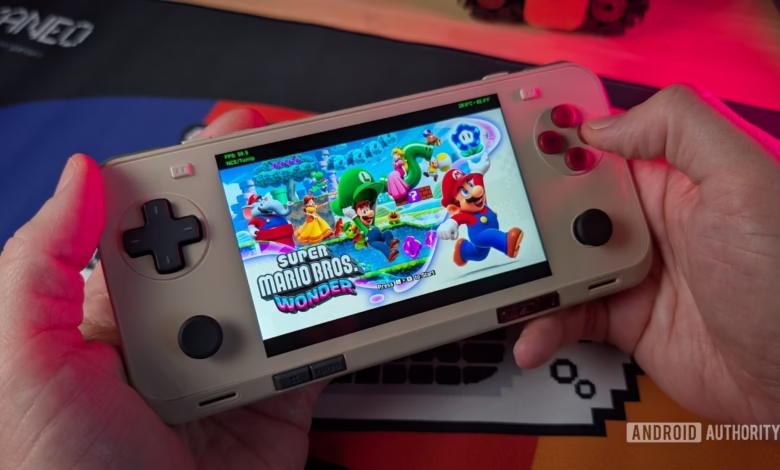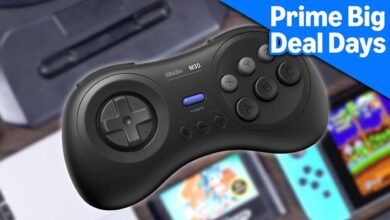Switch Emulation Has Come a Long Way Since Nintendo’s Crackdown

▼ Summary
– The Nintendo Switch 2 lacks compelling reasons to buy, and the author’s original Switch has Joy-Con drift issues, prompting a return to Android emulation.
– Switch emulation on Android has advanced significantly, especially with native code execution (NCE), making previously unplayable games run smoothly.
– Nintendo’s legal actions shut down major emulators like Yuzu and Ryujinx, but community-driven forks like Citron and Eden have revived the scene.
– Modern emulators avoid copyrighted files, requiring users to provide their own firmware and games, though legal risks remain due to Nintendo’s stance.
– Despite Nintendo’s efforts, Switch emulation persists, offering a viable alternative to aging hardware and drifting Joy-Cons, with performance sometimes surpassing original hardware.
The evolution of Switch emulation has defied expectations, transforming from a niche experiment into a surprisingly viable way to experience Nintendo’s library on Android devices. What began as a shaky proof of concept has matured into something far more capable, even after facing aggressive legal challenges from Nintendo itself.
When the original Switch launched, emulating its games on mobile hardware seemed like a distant dream. Early attempts struggled with performance issues, turning beloved titles into slideshows. Then came native code execution (NCE), a breakthrough that allowed Android devices to run portions of Switch software directly rather than relying solely on software translation. The difference was night and day, games that once crawled suddenly became playable.
Yuzu’s Android release in 2023 marked a turning point, proving that Switch emulation could work outside of high-end PCs. But Nintendo’s legal team wasted no time in shutting it down, along with its sibling project, Citra. For a moment, it seemed like the entire scene might collapse. Instead, a wave of community-driven forks emerged, each refining the original codebase in new ways. Projects like Citron and Eden pushed compatibility further, while Kenji-NX took a different approach, prioritizing accuracy over raw speed for high-end devices.
Performance isn’t just about the emulator itself, third-party GPU drivers, particularly the Turnip drivers, play a crucial role. Pair the right emulator with optimized drivers, and some games actually run better than on original hardware. Even Nintendo’s own updates inadvertently helped; when Mario Kart 8 Deluxe switched to 64-bit code, emulator performance saw a noticeable boost.
Legally, the situation remains murky. Nintendo maintains that emulators facilitate piracy, even if developers avoid distributing copyrighted files. The company has gone as far as bricking Switch 2 consoles caught using flash carts, sending a clear message about its stance on unofficial hardware. Yet despite these efforts, emulation persists, decentralized and more resilient than ever.
For many, the appeal isn’t about circumventing purchases, it’s about preserving access. Aging Joy-Cons, discontinued hardware, and Nintendo’s shift toward digital-only releases leave gaps that emulators help fill. While playing on original hardware is still ideal, modern Android emulation offers a compelling alternative, especially for those who want to revisit classics without hunting down outdated consoles.
The landscape has changed dramatically since Nintendo’s crackdown. What was once a centralized effort is now a scattered but determined movement, proving that even the most aggressive legal tactics can’t erase demand. Whether Nintendo likes it or not, Switch emulation isn’t just surviving, it’s thriving in unexpected ways.
(Source: Android Authority)





